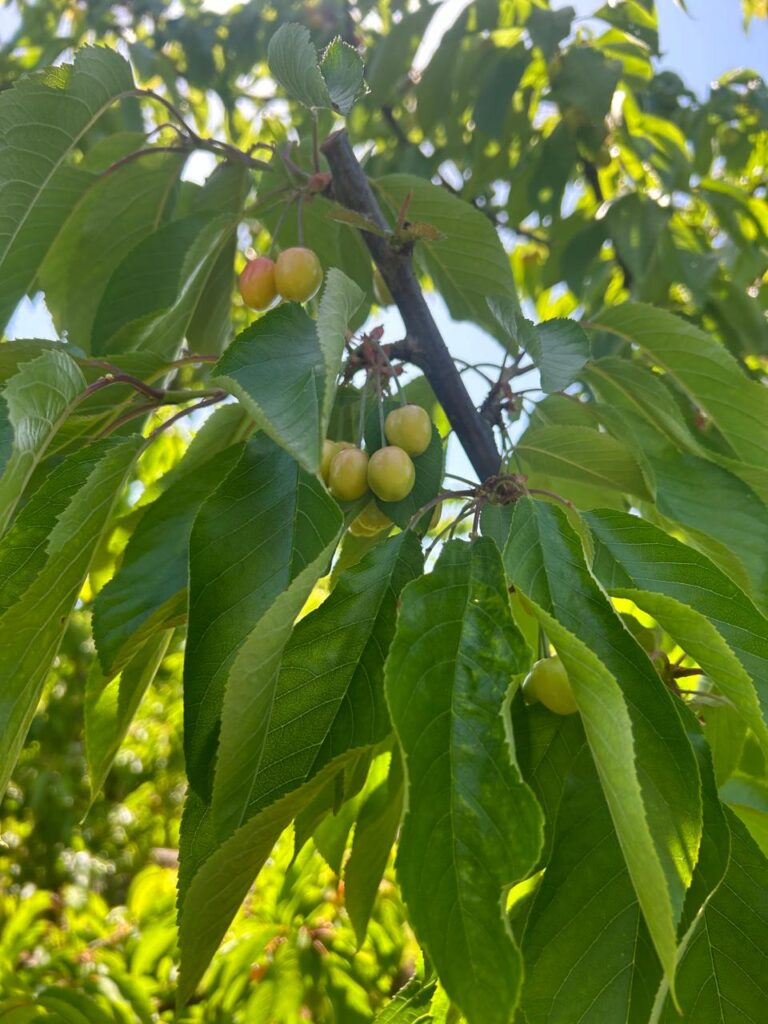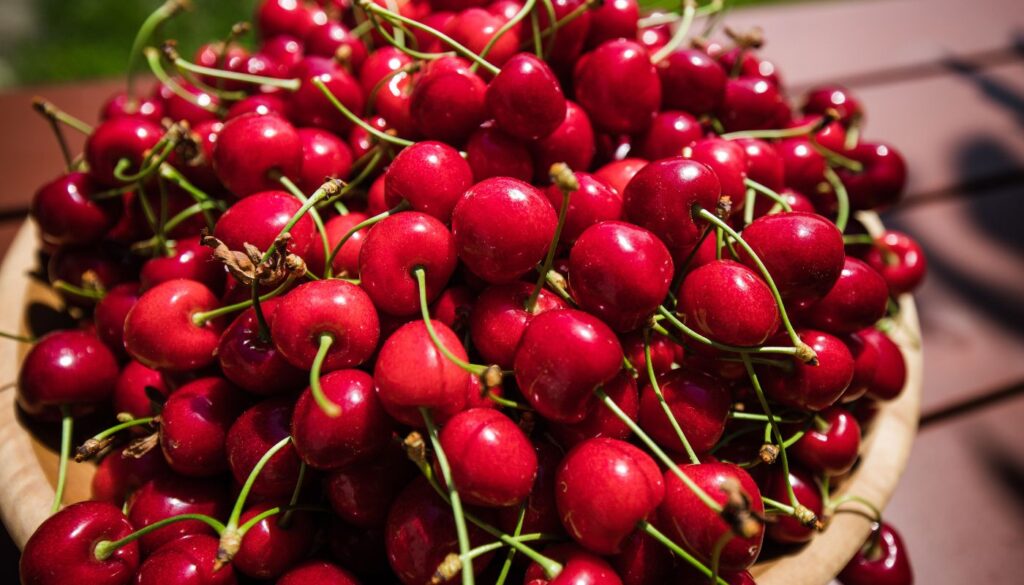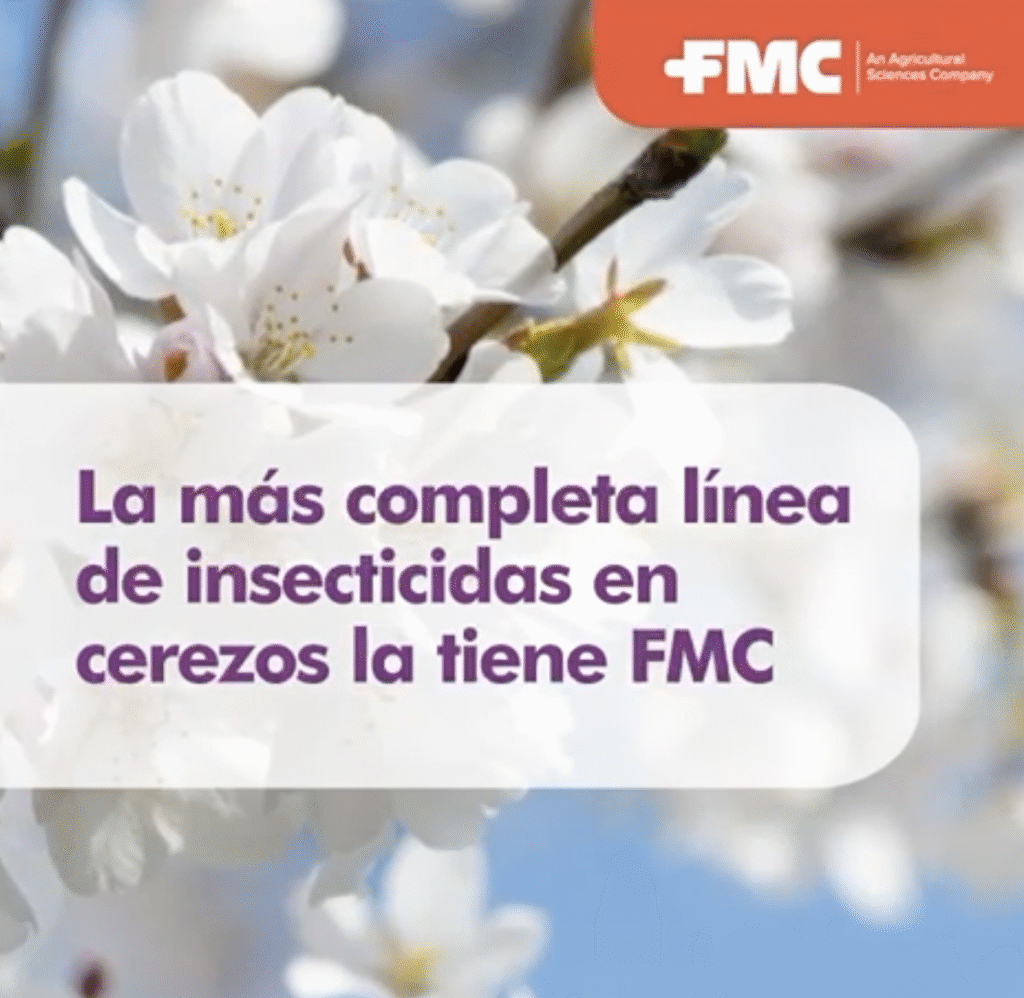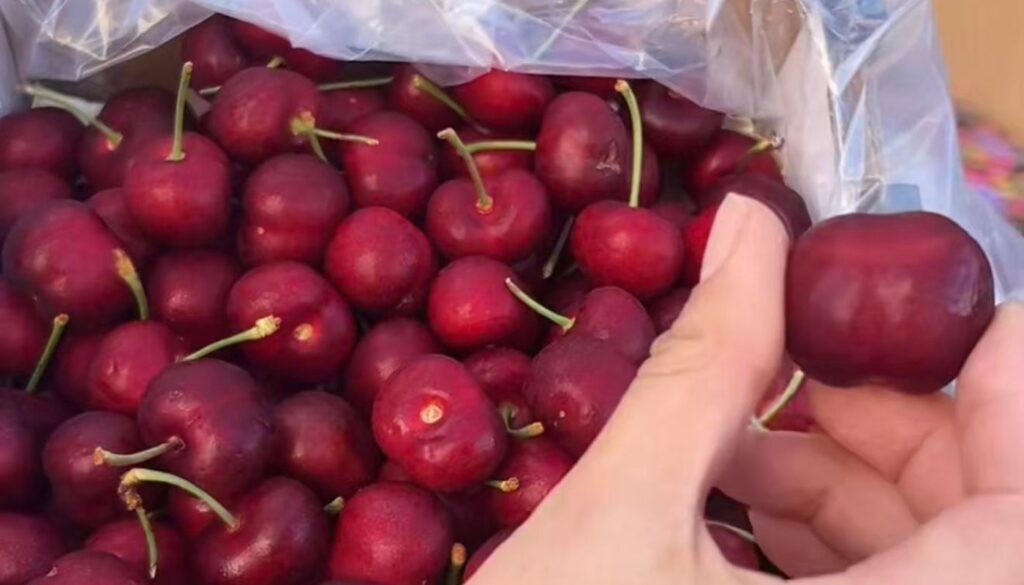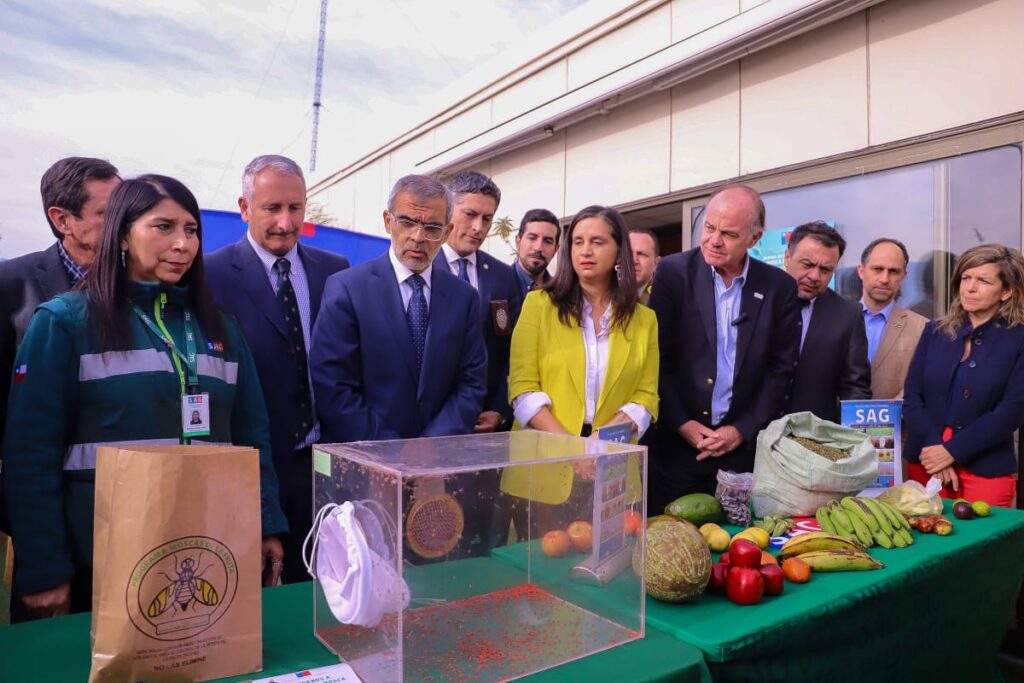A new season for Southern Hemisphere cherries has begun. Record volumes are expected, which will help us understand how the return to normality will develop in each producing country. According to a new report from Rabobank, Chilean exports will continue to increase.
“All cherry growers in the Southern Hemisphere will face similar challenges in the form of increased competition, falling prices and increasingly tight margins due to high production costs,” said Gonzalo Salinas, senior analyst for fruit and vegetables at Rabobank.
Challenges remain in the first normal post-pandemic season for Chilean sweet cherries
Cherries are the leading fruit in terms of value and the third in terms of export volume, reaching USD 2.1 billion FOB and 355,000 tons in the last 2021/22 season. In the last decade, Chilean sweet cherry exports to China have increased sevenfold. “However, in the last three years, Covid-related issues have affected the promotion campaign for Chilean cherries in China during the peak sales season,” explains Salinas. “The 2022/23 season will be challenging for Chile in terms of production, logistics (both internal and external) and market diversification.”.
Stable growth in Argentina
Argentina is the second most important country for cherry exports in the southern hemisphere, with 5,433 tons in the 2021/22 season. Salinas: «Unlike Chile, which exports 9 out of 10 cherries to China, Argentina's shipments are more evenly distributed between North America (351 TP3T), Asia (351 TP3T), Europe (211 TP3T) and the Middle East (81 TP3T). Argentine cherry export growth has been driven more by an efficient and consolidated industry than by an increase in planted acreage. Limited growth is expected in the medium term.»

Australia's high-quality cherries hit by La Niña Australia’s cherry sector has been in a growth phase for the past four years, with more than 450,000 additional plants reaching bearing age since 2018. Despite this, production volumes were affected by three consecutive La Niña weather events. According to Salinas, this is expected to dampen production prospects for the next crop, impacting yields for many growers. In addition to the weather events, logistical issues have reduced exports to key markets, particularly China.
Lower production and higher imports in the US
According to USDA figures, U.S. fresh cherry shipments to the domestic market fell by 361 TP3 T year-over-year in 2022. The main reason for the production decline was the cold spring in the Pacific Northwest. «As expected, lower production affected exports. On the other hand, imports increased by 501 TP3T year-on-year between January and August», says Salinas.
Opportunities for the upcoming seasons
«Cherry consumption remains low in markets other than China, with plenty of room for growth. There are opportunities to test demand in the US, UK and continental Europe to replicate some of the high volumes traded in the northern hemisphere summer season. Chile, Argentina and Australia are moving in the same direction in terms of diversifying their markets, improving process efficiency and focusing on high-quality production. In addition, these countries will continue to try to bring forward production to avoid the peak supply period in the Chinese market, with the use of patented varieties.» Salinas concludes.



